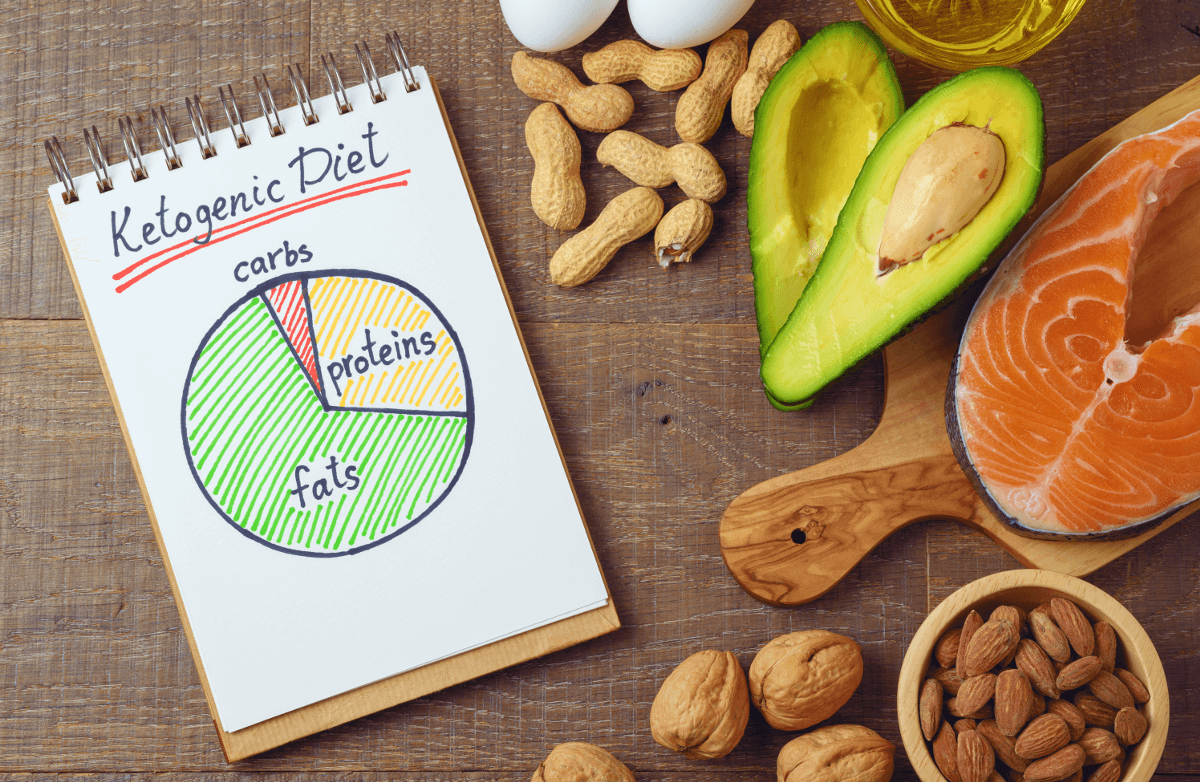Health experts agree that most of us could benefit from eating more whole grains. Decades of research have shown that people who regularly consume whole grains have a lower risk of developing Type 2 diabetes, heart disease, and certain types of cancer, as well as experiencing less unwanted weight gain. A recent controlled study published in the American Journal of Clinical Nutrition provided even more evidence of these benefits. In the eight-week trial, 81 adults followed a carefully monitored diet that included either whole grains or refined grains. Those eating whole grains absorbed fewer calories, had greater fecal output, and experienced a boost in metabolism—burning more calories even at rest. The researchers estimated that this increase in energy expenditure could equal the calories burned during a 20- to 30-minute walk each day, potentially translating to about five pounds of weight loss per year. In addition, the same study found that a whole-grain diet promoted a healthier gut environment and more positive immune responses—two important factors in overall wellness. Together, these findings provide a strong case for incorporating whole grains into your diet. The Dietary Guidelines for Americans recommends replacing refined grains with whole grains and aiming for at least three servings daily for women and four servings for men. Yet many people are still unsure what qualifies as a “whole grain” and how to include more of them in their diet.
What’s in a Whole Grain?
Every grain starts as a whole grain. A grain is considered “whole” when it contains all three of its original parts—the bran, germ, and endosperm—in their natural proportions. The bran is the outer layer that provides fiber, B vitamins, and antioxidants. The germ is the nutrient-rich core that contains B vitamins, healthy fats, and minerals. The endosperm is the inner layer that supplies energy through carbohydrates and some protein. When grains are refined (as in white bread, white rice, and many pastas), the bran and germ are removed, leaving behind mostly the starchy endosperm. This process strips away valuable nutrients, including 25% of the protein and 17 essential nutrients. Whole grains, on the other hand, deliver fiber, healthy fats, and important nutrients such as vitamins E and K, folate, magnesium, potassium, iron, and selenium.How to Spot a Whole Grain
At the grocery store, identifying true whole grains can be tricky. Here’s a quick guide:Yes, I’m a whole grain: Whole (name of grain), Whole wheat, Brown rice, Oats or oatmeal, Stoneground whole (name of grain), Whole (name of grain) flour.
No, I’m not a whole grain: Enriched flour, Degerminated cornmeal, (name of grain) bran or germ, Wheat flour (without the word “whole”), Multigrain (without specifying “whole”).
If the first ingredient on a label includes the word “whole” (for example, whole-wheat flour), the food likely contains mostly whole grains. But be cautious—terms like “multigrain,” “stone-ground,” or “seven-grain” don’t necessarily mean the product is made with whole grains. And don’t rely on color alone—some darker breads are just dyed with molasses or caramel coloring.
Common Whole Grains
Whole grains have nourished people around the world for thousands of years. Examples include: amaranth, brown rice, bulgur, barley, quinoa, millet, farro, freekeh, oats, popcorn, wild rice, triticale, and wheat berries. (Note: Buckwheat, amaranth, and wild rice are technically seeds, but they function like grains in cooking and nutrition.)Simple Ways to Add More Whole Grains to Your Day
Incorporating whole grains doesn’t have to be complicated. Try a few of these easy swaps and additions: start your morning with oatmeal—steel-cut, rolled, or instant, they’re all whole grains. Use whole-grain bread, pita, or English muffins for sandwiches. Choose whole-wheat pasta or brown rice instead of refined versions. Add barley or farro to soups and salads for texture and fiber. Snack on plain or lightly seasoned popcorn. Try new grains like quinoa, millet, or bulgur in side dishes or bowls.With a few small adjustments, you can significantly boost your fiber, vitamins, and minerals—supporting heart health, digestion, and energy levels. Despite myths and fad diets that paint grains as unhealthy, the evidence remains clear: nutrient-rich, high-fiber whole grains are an essential part of a balanced diet. And now, with more well-designed research backing them up, whole grains continue to prove they’re one of the simplest and most powerful foods for long-term health.






.jpg)






